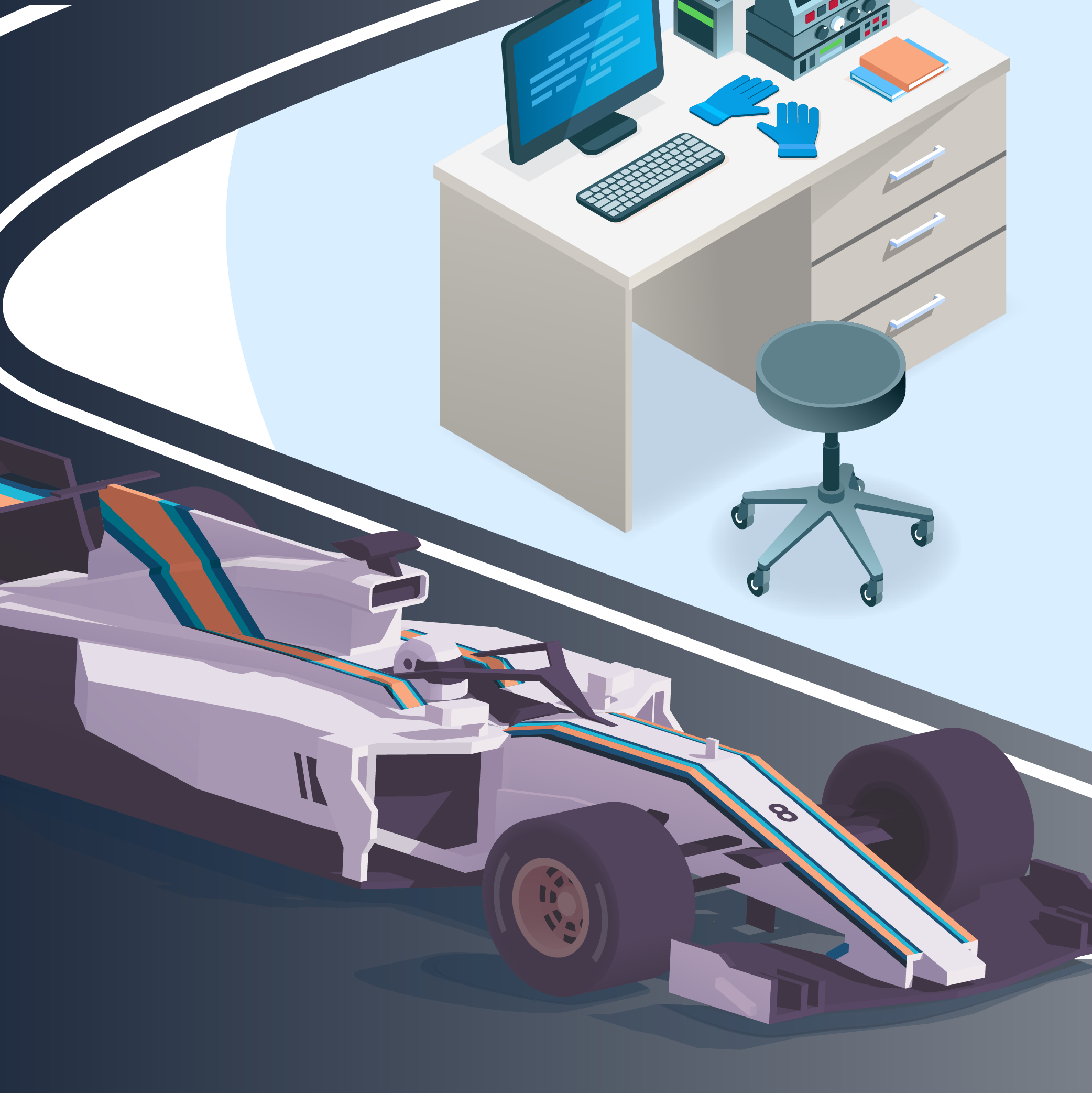Sometimes, when the worst things happen, the most innovative ideas arise.
The COVID-19 outbreak has changed the way we all go about our days. From lockdown and not seeing friends to university closures and lessons online, COVID-19 has meant we’ve all had to alter the way we do things to save lives, and it can be unsettling. But that’s where industry is playing a reassuring role.
Fast-track solutions
Because COVID-19 has moved fast, industry needs to move fast too. It’s a vital quick response. Take Innovate UK, for example, part of UK Research and Innovation (UKRI), a non-departmental public body funded by a grant-in-aid from the UK government. It’s already launched a £20m competition looking for business-led innovation in response to global disruption. The solutions must be able to be scaled up quickly, delivered during this lockdown period, started by June 2020 and last up to six months.
Some of the innovations being considered include new developments that will, for example, ensure the elderly and vulnerable are getting the services they need. Other innovations include educational tools which can integrate the classroom with the kitchen table seamlessly. Even new technologies to help keep families digitally connected, plus ideas to stream music and entertainment, are considered vital. But even more is being done.
Social distancing, the act of staying more than two metres apart from anyone other than members of your household when you are outside.
The social distancing app
Take social distancing, the act of staying more than two metres apart from anyone other than members of your household when you are outside. It’s one of the most important measures we have to take to reduce the transmission of COVID-19. But how is industry helping?
Start-up company, Lanterne, has been working with the European Space Agency Business Incubation Centre United Kingdom (ESA BIC UK), which is funded and managed by the Science and Technology Facilities Council (STFC), part of UKRI, and has developed a free app to help us observe social distancing more effectively.
The app, called Crowdless, uses GPS satellite analysis and AI technologies, in combination with data available from Google and crowdsourced information, to provide real-time evidence on how crowded essential places of interest are.
Yohan Iddawela is one of the brains behind Lanterne. “Crowdless provides live data on the crowdedness of places so that you can choose the best place and the best time to visit while maintaining social distance,” Yohan says. “This includes supermarkets, pharmacies, parks, doctors and pet stores. Our hope is that this can help people observe social distancing more effectively, stay safe, and play a part in slowing down the infection rate of COVID-19.”
Vital ventilators
Of course, one of the main challenges for the UK in facing this pandemic is the production of ventilators. A ventilator takes over the body’s breathing process when the lungs fail due to disease. A ventilator gives a patient vital time to fight off infection and recover. The challenge is the supply – more ventilators are needed in the UK to fight COVID-19.
A ventilator takes over the body’s breathing process when the lungs fail due to disease
And so, in response to the government’s call for help, Penlon, a medical equipment manufacturer that already supplies the NHS with machines used by anaesthetists in operating theatres, is part of a consortium of over 20 companies that includes the likes of Airbus and even Formula 1 teams, Ford and McLaren. The group will produce a simpler device based on Penlon’s design, manufacturing the ventilators on a large scale.
It’s all supported by science. Highly-skilled STFC staff are training some 300 people from the organisations taking part in the project to test the new ventilators. The test itself takes 30-40 minutes to carry out and involves testing the pressure and airflow through the ventilator while it inflates and deflates a set of steel lungs. Mark Anderson, an STFC Rutherford Appleton Laboratory (RAL) Space ‘super trainer’, sums up the collaboration ethos. “For me,” he says, “it goes to show that with a common goal the UK can pull its business skills together to overcome a challenge.”
Tackling COVID-19 is, without doubt, a challenge, but when the call comes, industry reassuringly steps up to the mark, working with science to save lives.
The science: COVID-19
What? Coronaviruses are a family of viruses that cause illness in humans and animals. Severe acute respiratory syndrome coronavirus 2 (SARS-CoV-2) is the virus strain that causes coronavirus disease 2019 (COVID-19)
Where? Previous outbreaks of human disease caused by coronaviruses happened when a virus jumped from animals to humans. On-going investigations of the new coronavirus, the cause of COVID-19, also suggest that bats are the original host.
Who? Coronaviruses infect the lungs and airways. Most people with COVID-19 have mild disease and never require hospitalisation. For people who develop severe disease, pneumonia is the most common form of illness.
For more information about the science behind coronavirus, check out coronavirusexplained.ukri.org




